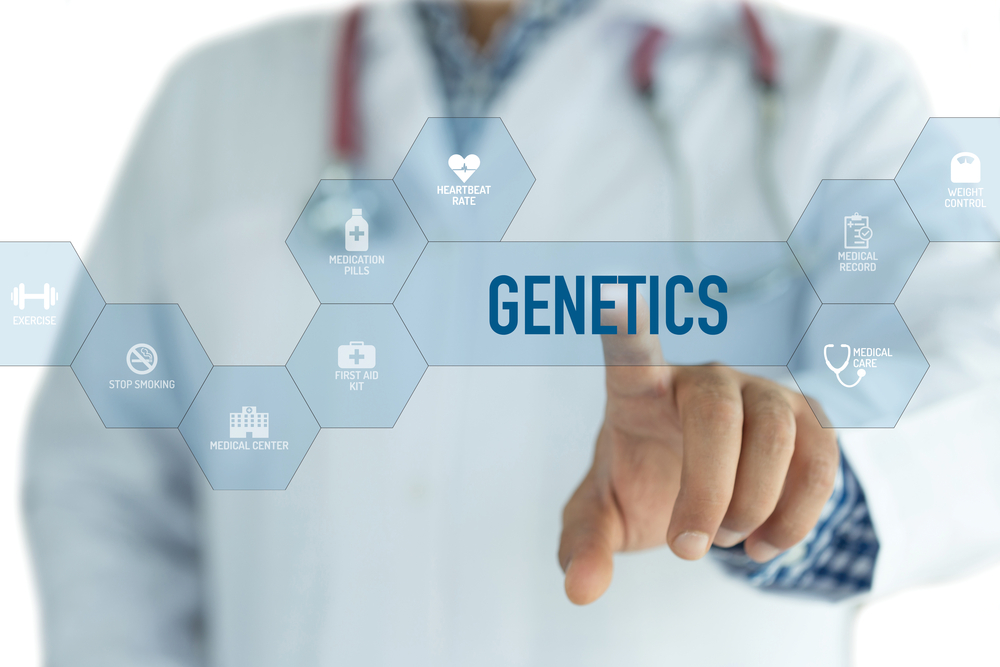ALS and Schizophrenia Come from Same Genetic Roots, Study Confirms

Schizophrenia in relatives of amyotrophic lateral sclerosis (ALS) patients is caused by shared genetic factors that increase the risk of both conditions, researchers confirmed.
This prompted them to contend that scientists should view ALS as a disease of brain connections, rather than of individual brain cells. The way to treat the disease could be to develop therapies that prevent brain networks from failing, they added.
In light of the diseases’ connection, the research team maintained that dividing brain diseases into neurological and psychiatric conditions is a false dichotomy.
The study, “Genetic correlation between amyotrophic lateral sclerosis and schizophrenia,” was published in the journal Nature Communications.
Researchers at Trinity College Dublin in Ireland analyzed the genetics of nearly 13,000 patients with ALS and more than 30,000 with schizophrenia. Fourteen percent of the genes linked to the two conditions overlap, they found. Another way of putting it is that the genetic correlation between ALS and schizophrenia is 14 percent.
Schizophrenia, which usually strikes in adolescence, is characterized by delusions, hallucinations, and lack of emotional response, motivation, and social engagement.
Schizophrenia and ALS are very different, of course, but researchers now believe they are related.
“Our work over the years has shown us that ALS/MND [ motor neuron disease] is a much more complex disease than we originally thought,” Orla Hardiman, a professor of Neurology at Trinity and the senior author of the study, said in a press release.
The team had previously found that family members of ALS patients were more likely to have schizophrenia or to have died from suicide than the general population.
“Our recent observations of links with psychiatric conditions in some families have made us think differently about how we should study ALS/MND. When combined with our clinical work and our studies using MRI and EEG, it becomes clear that ALS/MND is not just a disorder of individual nerve cells, but a disorder of the way these nerve cells talk to one another as part of a larger network,” said Hardiman, who is also a consultant neurologist at the National Neuroscience Center at Beaumont Hospital.
The findings prompted the Trinity team to partner with other European researchers in a quest to determine if shared genetic factors could explain their observations.
“This study demonstrates the power of genetics in understanding the causes of diseases,” said Dr. Russell McLaughlin, an assistant professor of genome analysis at Trinity and lead author of the study. “While neurological and psychiatric conditions may have very different characteristics and clinical presentations, our work has shown that the biological pathways that lead to these diverse conditions have much in common.”
“So instead of thinking of ALS/MND as a degeneration of one cell at a time, and looking for a ‘magic bullet’ treatment that works, we should think about ALS/MND in the same way that we think about schizophrenia, which is a problem of disruptions in connectivity between different regions of the brain, and we should look for drugs that help to stabilize the failing brain networks,” Hardiman said.
The work has implications on a social as well as treatment level. Sympathy and understanding is often extended to people with neurological diseases, while psychiatric conditions can engender misconceptions, stigma and fear. Yet both conditions are a consequence of abnormal brain processes.
“The other significant issue that this research brings up is that the divide between psychiatry and neurology is a false one. We need to recognize that brain disease has many different manifestations, and the best way to develop new treatments is to understand the biology of what is happening,” Hardiman said.
“This will have major implications for how we classify diseases going forward, and in turn how we train our future doctors in both psychiatry and neurology. That in itself will have knock-on consequences for how society understands, approaches and treats people with psychiatric and neurological conditions,” she added.






